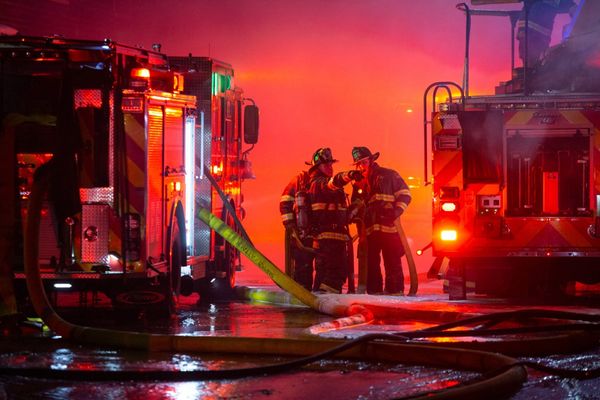Anyone who has ever seen a medical show knows what a “code blue” is. For those not in the know, it’s a medical facility’s emergency code that a patient needs to be resuscitated. That isn’t the only color code, but it’s one of only a few health care workers know off the top of their heads, according to a new study by researchers at the University of Georgia.
“Health care facilities have traditionally relied upon code-based notifications to quickly and efficiently alert employees to ongoing emergencies within or affecting the facility,” co-author Morgan Taylor, a doctoral student in the College of Public Health, told UGA Today.
Because there is no universal standard for these codes, they can differ from one facility to another. For their study, the UGA team surveyed 304 clinical and nonclinical employees at five Georgia health care facilities on 14 emergency codes at their respective workplaces.
The researchers found, on average, participants correctly identified their codes 44% of the time. The best known codes were for fire, infant abduction and cardiact arrest (usually a code blue).
The respondents said they received little training on the codes beyond being introduced to them during orientation. Not knowing what each means can result in a slower response time during an emergency.
“Codes are often confusing because we do not use or practice them regularly. It is unreasonable to assume that staff will retain the knowledge they receive during orientation, disaster simulations, or once-a-year in-service reminders,” Curt Harris, director of the Institute for Disaster Management and lead investigator of the study, told UGA Today. “It is also unreasonable to assume that just because the meaning of the color code is on the back of their badges, an appropriate and prompt response will ensue.”
The study points to research suggesting a switch from color codes to plain language could reduce confusion and cut down on training. Piedmont Healthcare’s hospitals switched to plain language emergency announcements in 2019.
“We know plain language communications reduce bystander panic and confusion. Our study highlights the continued need for effective training and education that helps translate this research into practice,” Taylor said.
____







